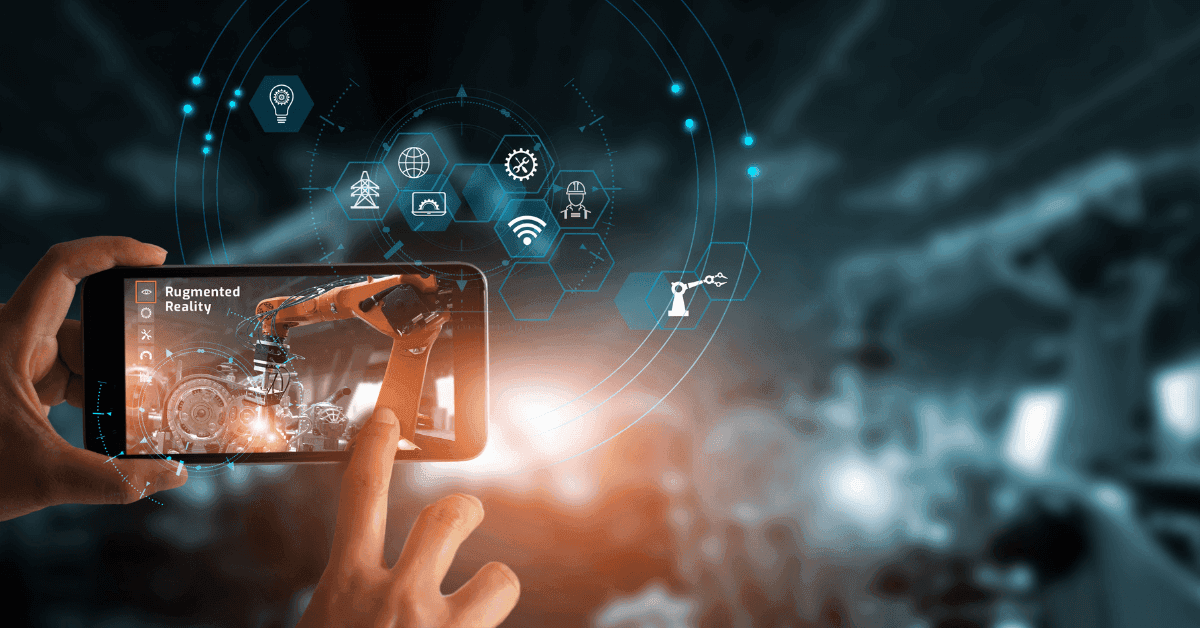You may utilise augmented reality in a number of ways, such as to transform oneself into a cuddly cat or to navigate your way through shopping centres. With augmented reality (AR), you may visually test on glasses or visualise how new equipment will appear on your desk.
AR employs computer vision, simultaneous localization, mapping, and depth tracking to display the user-relevant material (sensor data calculating the distance to the objects). As a result, cameras may gather, transmit, and interpret data to display digital material that is pertinent to what the viewer is viewing.
An AR-enabled camera-equipped device, such as a smartphone, tablet, or pair of smart glasses, is the foundation of augmented reality. Through computer vision technology, which examines the video stream, the programme detects an item when a user aims the gadget at it and stares at it.
Although each AR application is different, most of them are at least partially driven by SDKs. We actually only have such a diverse range of AR apps today because of excellent SDK tools from Apple, Google, and other suppliers.
Software Developer Kits (SDKs) are collections of instruments used by developers to create apps. These technologies offer pre-built functional components and a wealth of useful tools, which considerably reduce the complexity of development and the amount of time required to complete a project. We wouldn't advise beginning development without one of the best AR SDKs by your side.
Developers should choose whether they want to create a markerless, tracking (marker-based), or projection-based AR programme before they start writing any code.
Markerless AR apps may display virtual material on the user's screen without the user having to pre-programmed things to scan in the surroundings. In this manner, 3D material may be seen anywhere and under all conditions. To arrange the 3D content in a way that is more physically correct, some developers train their programme to identify surfaces.
In contrary to markerless AR, tracking (or marker-based) AR does require prior environmental information. A tracking app must first detect an item in front of the camera before it can show AR content. When it happens, the AR software begins monitoring the item and displaying virtual material associated with it, hence the term "tracking."
Unlike other forms of augmented reality, projection augmented reality may display AR material without a mobile device. Instead, it is projected utilising specialist equipment (depth sensors and projectors) and project mapping technologies onto real-world objects. This makes it possible for everyone in the same space to enjoy AR experiences without having to hold or wear any equipment.

POST A COMMENT (0)
All Comments (0)
Replies (0)